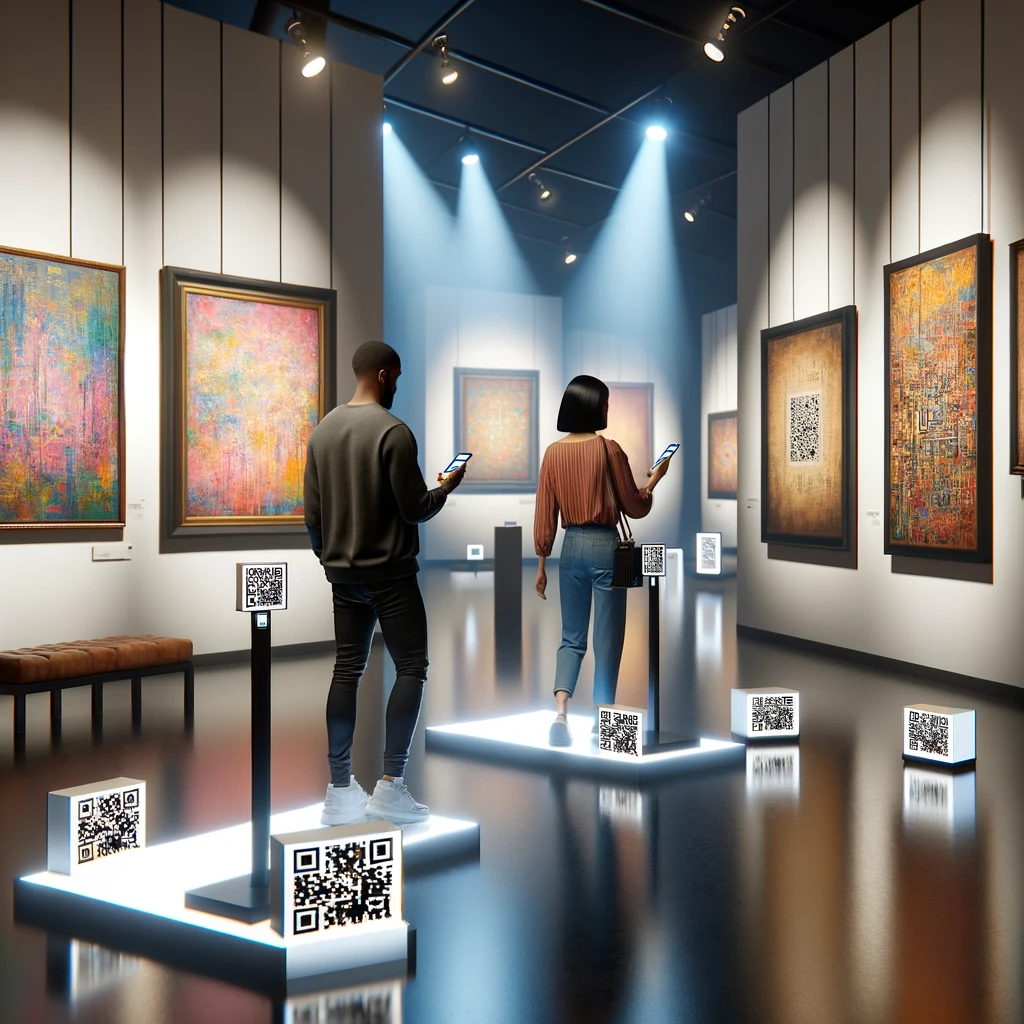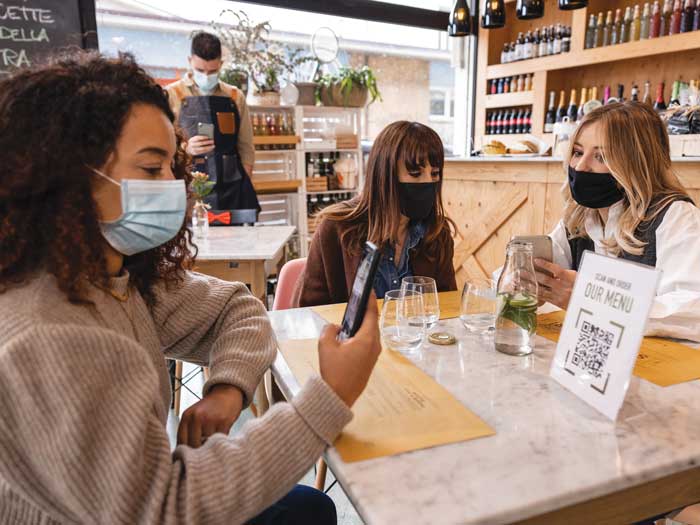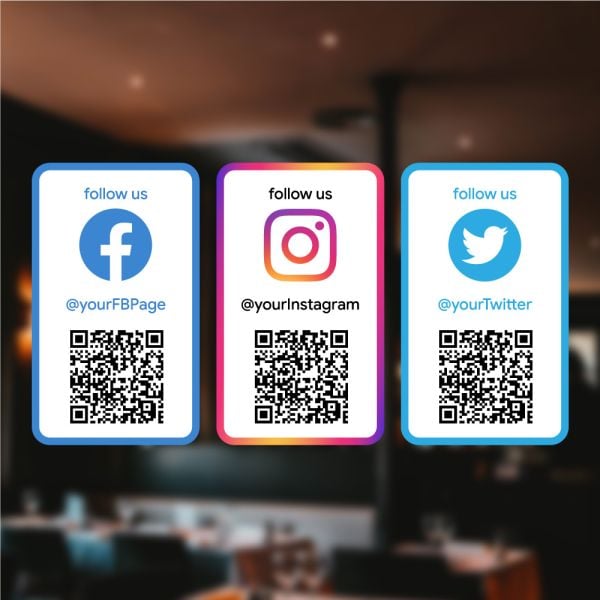
QR Codes: A New Lens for Viewing Art
Enhanced Artistic Narratives
QR codes placed next to artworks can link to detailed descriptions, artist interviews, or audio guides, providing deeper context and understanding.
Interactive Exhibitions
Visitors can engage with art in a more interactive manner, such as accessing augmented reality experiences or behind-the-scenes videos of the artwork’s creation.
Expanding Accessibility
QR codes can offer translations of art descriptions, making exhibitions more accessible to a diverse audience.
Effective Implementation of QR Codes in Galleries
Simplifying Visitor Navigation
QR codes can guide visitors through galleries, offering a digital map or suggested viewing routes for a more structured experience.
Virtual Art Collections
Link QR codes to online galleries or digital archives, allowing visitors to explore more works by the artist or similar art styles.
Enhancing Art Education
In educational programs, QR codes can connect to supplementary materials, quizzes, or interactive learning tools about the art and its history.
Event and Artist Promotion
Use QR codes for promoting upcoming events, artist profiles, or gallery social media pages, encouraging visitor interaction beyond the exhibition.
Partnering with QRLab.com for Seamless QR Integration
Customizable QR Codes
QRLab.com provides QR codes that can be aesthetically designed to fit the theme of the exhibition or the style of the artwork, ensuring they complement rather than distract.
Analytics for Visitor Insights
Track engagement and interaction patterns through QR codes to gain insights into visitor preferences and behaviors, aiding in future exhibit planning.
Reliable and Easy-to-Use Technology
QRLab offers user-friendly QR code solutions that are easy to implement and manage, ensuring a smooth integration into the gallery setting.
Conclusion
QR codes offer a novel way for art galleries and exhibitions to connect with visitors, providing enriched, accessible, and interactive experiences. By integrating QR codes, galleries can not only enhance the appreciation of art but also stay ahead in the evolving digital landscape. Explore the artistic possibilities of QR codes with QRLab.com.
Most viewed




